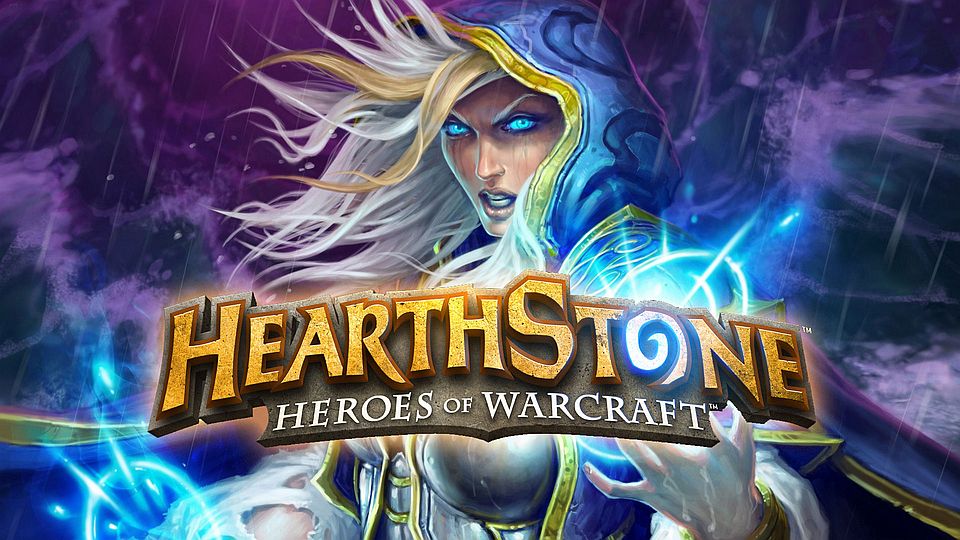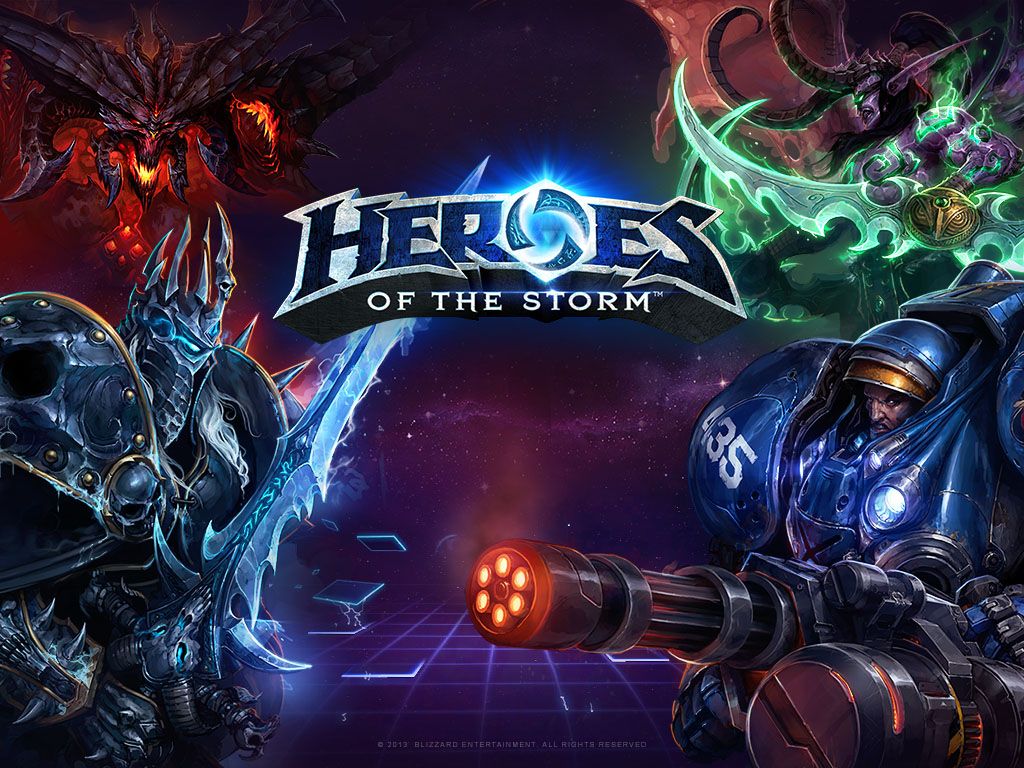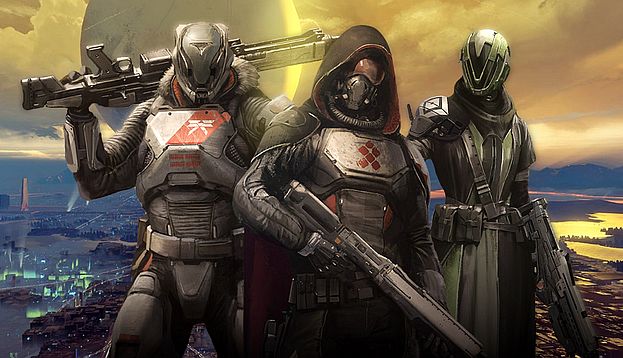Activision had an excellent quarter, handily beating its estimates and coming in ahead of 2013 on a GAAP basis with $1.575 billion in revenue versus Q4 2013 revenue of $1.518 billion. The non-GAAP numbers were higher, of course, given all of the digital revenues Activision Blizzard is taking in these days, with $2.213 billion in net revenues versus $2.272 billion in Q4 2013. Activision Blizzard CEO Bobby Kotick noted that the company’s earnings per share, on a non-GAAP basis, were up over 50 growth from the previous year.
Full year results were, as Activision had predicted, down from the previous year on a GAAP basis, with $4.408 billion in revenues versus $4.583 billion in 2013; but on a non-GAAP basis, Activision’s full year was $4.813 billion versus $4.342 billion for 2013. All in all, an excellent quarter and an excellent year for Activision Blizzard.
For comparison, Electronic Arts reported its trailing twelve month highlights, which gives you the same time period (calendar year 2014) that Activision is reporting on, so you can compare directly. EA’s total GAAP revenue for 2014 was $4.453 billion (versus $3.661 billion in 2013), and its non-GAAP net revenues were $4.337 billion for 2014 versus $4.147 billion for 2013. Activision did a little better than EA on operating cash flow for the year at $1.3 billion, versus EA’s $1.1 billion. Overall, the race between the two publishers remains tight at this point, but 2015 will be a chance for EA to open up a lead if it can, since Activision is being conservative regarding the prospects for this year.
“Consistent with our holiday field checks, Activision’s Q4 revenues were below consensus expectations, reflecting somewhat soft sales of Call of Duty/Skylanders. However, EPS was above consensus, and looking ahead to 2015, we believe guidance is appropriately conservative” said Baird analyst Colin Sebastian.
Activision noted that digital revenues are 46 percent of the total, an all-time high for the publisher. The company’s digital revenues rose 40 percent over the last year, due in no small part to products like Hearthstone.
Inexorably, digital is overtaking physical game revenue at every major publisher. That much everyone is aware of, but there’s something else going on related to that which is going to affect traditional game publishers in a big way. This is illustrated very well in the way Activision chose to talk about Destiny and Hearthstone, combining their audience and revenues into one set of numbers.
Destiny has over 16 million registered users, and it was “the #3 new release of the year” Kotick noted. It is interesting that Activision chose to characterize the Destiny revenue by lumping it in with Hearthstone, stating “Combined, they attracted over 40 million registered players worldwide and generated more than $850 million in non-GAAP revenue ” Experienced execs know exactly why this is done — so you can say something positive while still concealing information you’d rather not have generally known. In this case, this seems to be a way to conceal Destiny‘s overall numbers rather than Hearthstone‘s. The interesting thing to note between those two titles is that undoubtedly Hearthstone was far cheaper to create and probably to maintain. Destiny‘s best days may yet be ahead of it, though, with more new content planned for this year and beyond, and plenty of opportunity to tweak the game to perform better.

What Activision execs, and other gaming execs, must be thinking hard about these days is how the return on investment looks for some of these titles. Destiny required a huge commitment, which Activision said represents some $500 million (which is probably a projection of the combined marketing and development costs over the lifetime of the agreement between Bungie and Activision). We don’t know what Hearthstone cost to create, but it was certainly less than a tenth of that figure. Right now, making more Hearthstone investments looks like a much better bet than Destiny-like investments. Yet both games have in common the desire to create a long-term service and engagement with players, selling them new content along the way. That’s why Actvision is focusing on the number of players Destiny has, and is trying to keep them engaged for the long-term: That’s where the money lies in the future, regardless of the platform.
The new titles coming out from Blizzard, Heroes of the Storm and Overwatch, are also being structured for long-term engagement. These aren’t being created in the style of one big release a year at retail, then a few map packs over the next year. Blizzard’s new games are going to have regular, smaller content releases and try to build a devoted audience over a long time. This can also be seen in how Activision is looking at Call of Duty Online, which is doing very well early on. If the service performs well in China, you can bet Activision will figure out a way to bring it to the rest of the world.
Engagement was a focus for Activision during the earnings call, as they announced that Hearthstone has hit over 25 million registered players, while World of Warcraft is back to 10 million subscribers after the Warlords of Draenor expansion. There’s no big World of Warcraft release planned for this year, though, and subscribers are once again expected to decline.
Surprising no one, Activision announced that there will be a new Call of Duty in 2015, a new Skylanders, and more content for Destiny. Overwatch is expected to enter closed beta in 2015, though not to contribute revenue for the year. Heroes of the Storm is in closed beta and doing well, with significant revenue not planned for this year but certainly a possibility.

Activision president Eric Hirshberg gave some information about Skylanders. “As of today, life-to-date retail sales for Skylanders has exceeded $3 billion,” Hirshberg said. “And in 2014, Skylanders outsold all action figure lines and was the #1 kid console game globally for the fourth year in a row, and as a franchise, outperformed its nearest competitor by 30 percent. Skylanders Trap Team, our fall release, outsold its nearest competitor by 17 percent and continued the incredible streak of breakthrough innovation in the franchise and was also one of the most highly acclaimed Skylanders‘ games today.”
Referring to the competition, Hirshberg noted that “we’re not constrained by the limitations of existing intellectual property or characters or anyone else’s release slate.” What’s not being said here is also interesting… no exact sales figures mentioned. Also, despite being in the market more than a year ahead of Disney Infinity, Skylanders only outsold it by 17 percent. Of course, the exact sales that number represents are not described… unit sales of software, or total sales of figures and software Disney’s used the power of its brands to establish a solid place in this segment, and Activision is going to have to work hard to stay ahead.
Still, the outlook overall for 2015 looks pretty good. “We expect Call of Duty Online in China will become an important new revenue contributor and lead the way with new play dynamics and business models. We also have multiple unannounced initiatives in development, which we will reveal later in the year,” said Hirshberg.
Analyst Michael Pachter believes that Activision’s conservative forecast is just their usual pattern of being very conservative in their forecasts so they can regularly beat those numbers and look good in the process. “The company has historically been exceedingly conservative with its guidance, and over the last ten years, has consistently beaten the expectations it sets early in the year,” Pachter said in a note to investors. “This year is no different as far as management conservatism is concerned. Activision’s guidance includes no contribution from the widely expected StarCraft II: Legacy of the Void , no contribution from an as-yet unannounced title from Activision Publishing, only minimal contribution from Call of Duty Online , only modest contribution from Heroes of the Storm , and flat Call of Duty and Skylanders revenue. Taken together, we calculate revenue upside to guidance of as much as $750 million.”
It will be an interesting year to watch Activision, as it navigates the choppy waters of several major industry transitions. One thing seems pretty clear, though: Activision will be making even more of its revenue digitally in the coming year, and creating long-term engagement with players will be increasingly important to the company.

